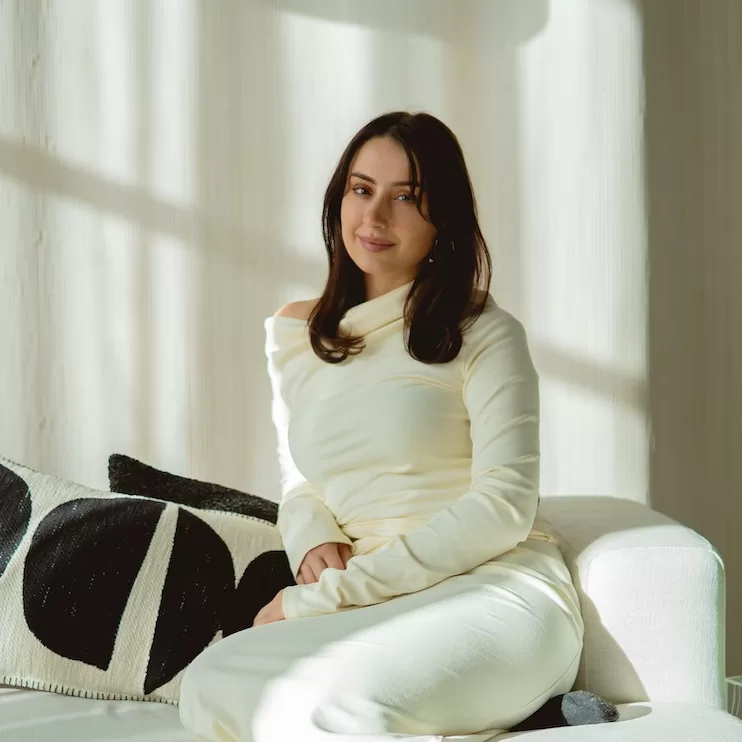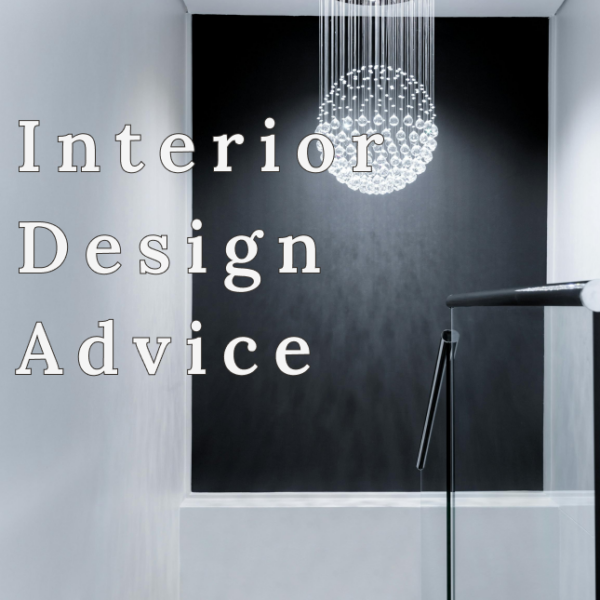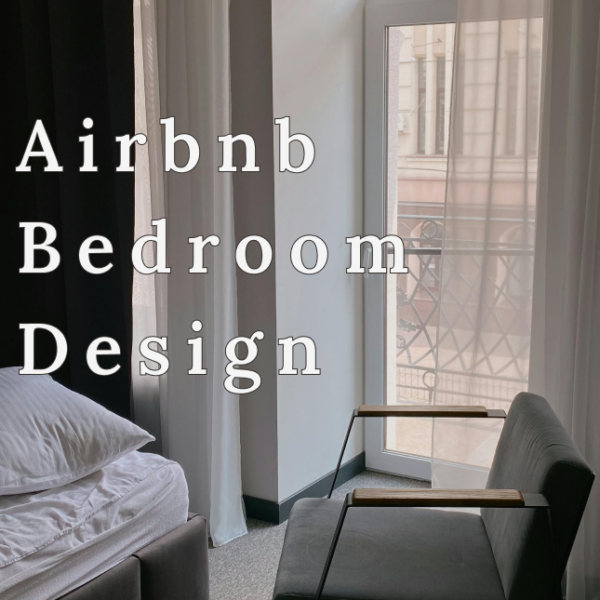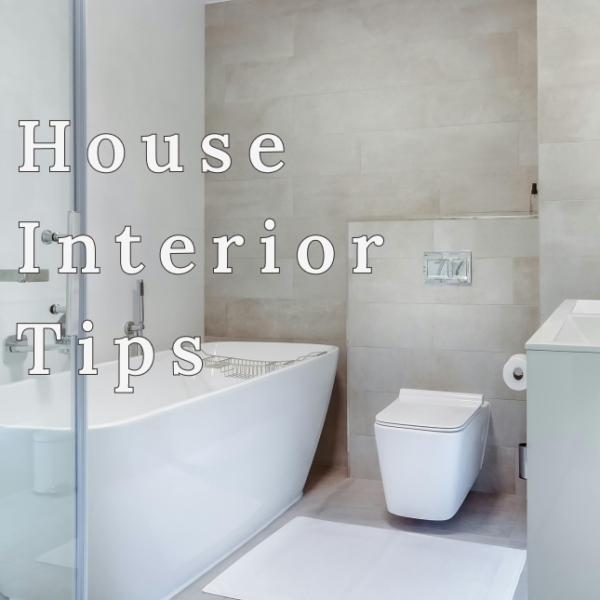European interior design has been an inspiration to me since the beginning of my career. I felt as if Europeans were always 1 step ahead with the way they put together interiors than us folks in the West. Europe is first to design and fashion trends, so as a designer, I often look to see what designers are doing overseas to gain some insight on the innovation that will be making its way to the West (eventually).
Of course, Europe is very diverse with different cultures and styles, which means European interior design will vary as well. An interior in Sweden will look very different from the average interior in Greece. Both are lovely in my opinion. As a European myself, I may be a little bias, but I absolutely love Europe and the different interior design styles found there. So, I thought I’d make a post on the different interior design styles we can find in this little continent.
The different types of European interior design styles
I wonder what comes to mind when most people think of ‘European interior design’. Do most people think of a Calabrian kitchen? Or a Parisian apartment? Or what about a humble home somewhere in the mountains of Austria? For me, the first thing I think of is the clean lines of Scandinavian and Nordic interiors.
European interior design has long been admired for its timeless elegance, rich history, and diverse influences. From the classical royal British interiors to the ethereal South of France abodes, Europe boasts a myriad of design styles that have captivated people around the world.
Classic elegance of French interior design
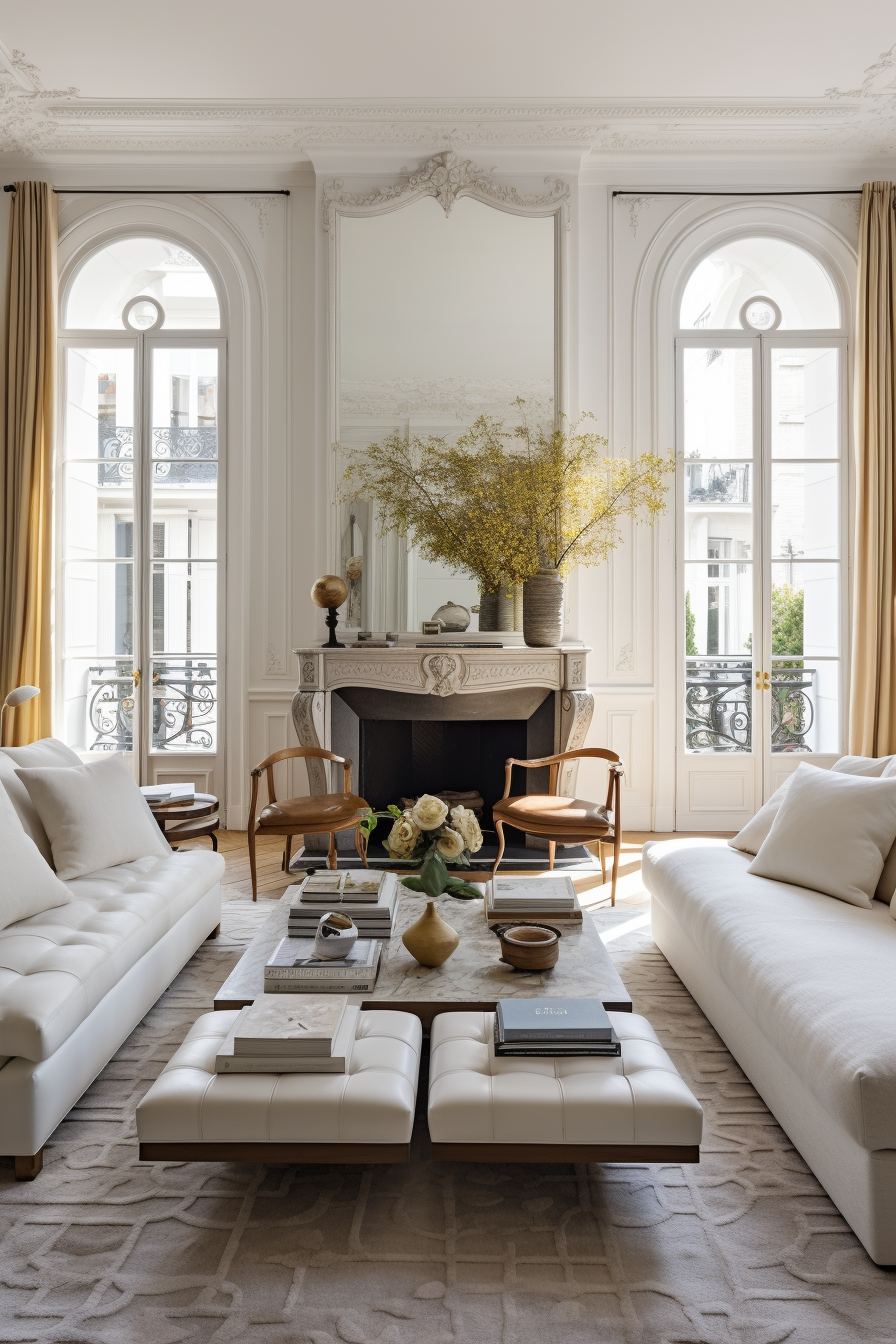
- French interior design is synonymous with sophistication, luxury, and romance.
- Influenced by the grandeur of Louis XIV’s Versailles, French interiors often feature ornate furniture, intricate mouldings, and rich fabrics.
- Soft colour palettes, delicate textiles, and antique furnishings create an atmosphere of timeless elegance.
- French provincial style embraces rustic elements, such as weathered wood and wrought iron, for a charming, countryside feel.
Timeless charm of English interior design

- English interior design blends tradition with comfort, creating spaces that feel cozy and inviting.
- Classic French-Georgian and Victorian architecture influenced English interiors, characterized by symmetrical layouts, sash windows, and high ceilings.
- Warm, earthy tones, plush upholstery, and floral patterns are hallmarks of English country style.
- Traditional English interiors often incorporate antique furniture, heirloom pieces, and eclectic accessories for a sense of lived-in charm.
Scandinavian/Nordic minimalism and functionality
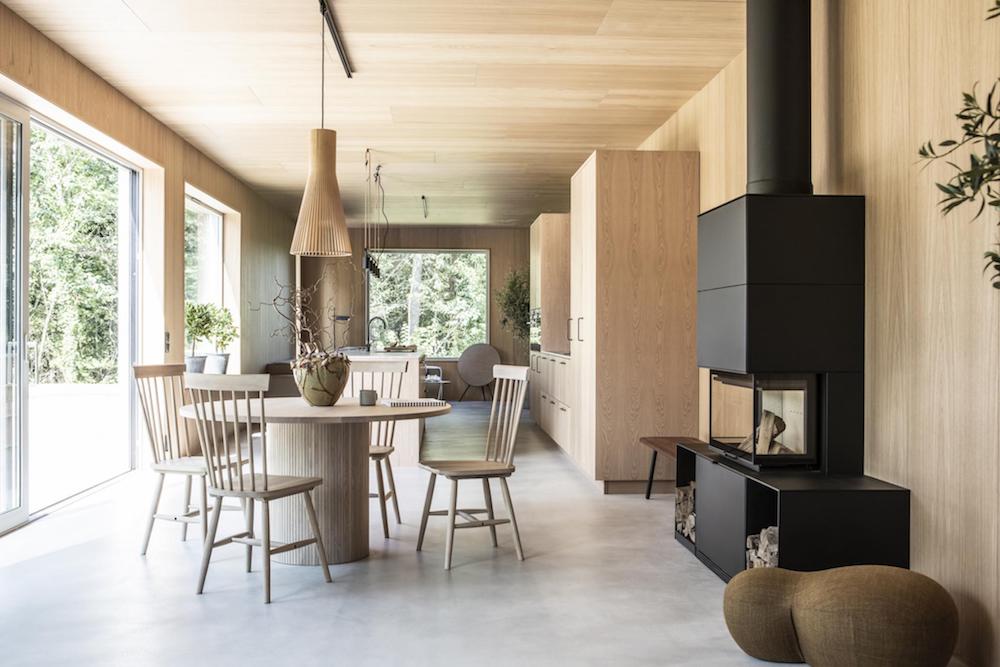
- Scandinavian interior design prioritizes simplicity, functionality, and natural light.
- Inspired by the region’s harsh winters and beautiful landscapes, Scandinavian interiors feature clean lines, muted colours, and abundant use of natural materials like wood and stone.
- Minimalist furniture, such as iconic pieces by designers like Arne Jacobsen and Alvar Aalto, is paired with cozy textiles and organic accents for a harmonious balance.
- Hygge, the Danish concept of coziness and contentment, is central to Scandinavian design philosophy, creating spaces that feel warm, inviting, and effortlessly stylish.
Mediterranean romance and relaxed elegance

- Mediterranean interior design reflects the sun-drenched landscapes and vibrant cultures of Southern Europe.
- Influenced by countries like Italy (more on Italian interior design below), Croatia, Spain, and Greece, Mediterranean interiors exude warmth, colour, and rustic charm.
- Whitewashed walls, terra-cotta tiles, and exposed wooden beams create a sense of rustic simplicity, while vibrant textiles, mosaic patterns, and wrought iron accents add a touch of exoticism.
- Outdoor living is celebrated in Mediterranean design, with lush gardens, sun-drenched patios, and breezy courtyards seamlessly integrated into the home.
Rustic charm of Italian interior design
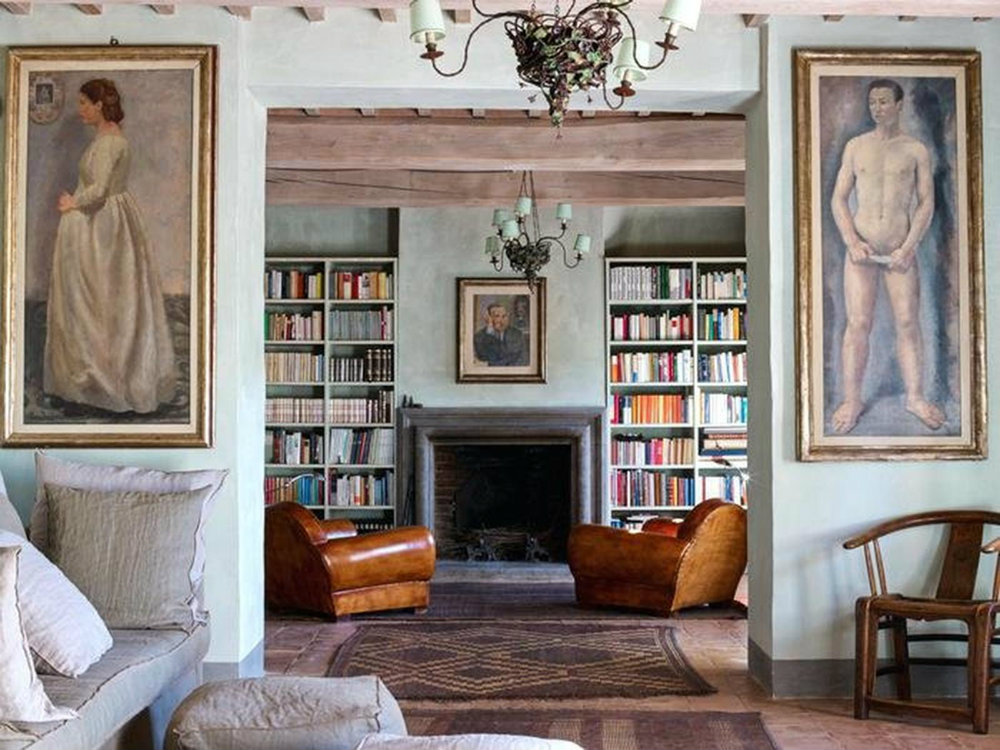
- Italian interior design celebrates the rustic beauty of the countryside and the timeless allure of ancient cities.
- Warm earth tones, natural materials such as stone and wood, and traditional craftsmanship define Italian interiors.
- From the Tuscan farmhouse style to the elegant simplicity of Tuscan villas, Italian design exudes warmth, authenticity, and Old World charm.
East meets West in Georgian interior design
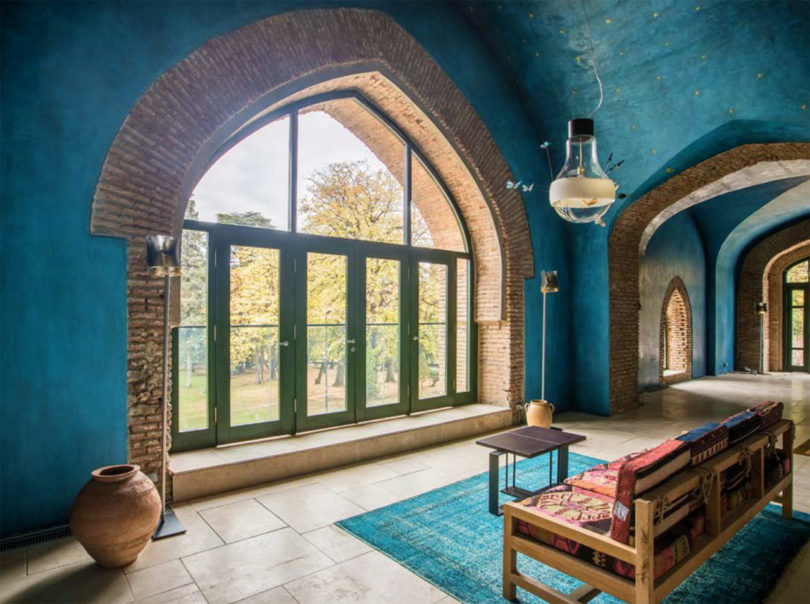
- Georgian interiors often showcase traditional craftsmanship, including intricate woodcarvings, handwoven textiles, and ornate metalwork. Artisans employ techniques passed down through generations to create stunning decorative elements.
- This design style embraces rich colours and bold patterns inspired by Georgian folklore and traditions. Vibrant hues such as deep reds, royal blues, and earthy greens are paired with intricate patterns and motifs, adding warmth and character to the space.
- The architecture is characterized by grandiose facades, high ceilings, and large windows. Rooms are often spacious and airy, with plenty of natural light flooding in through large windows. Architectural details such as decorative cornices, arches, and columns add a sense of elegance and grandeur to the space.
- Georgian interiors feature a mix of antique and vintage furnishings, often passed down through generations. Furniture pieces are typically crafted from solid wood, with intricate carvings and embellishments adding to their charm. Traditional Georgian furniture includes elaborately carved wooden beds, ornate dining tables, and intricately patterned rugs.
Eastern European cottage style
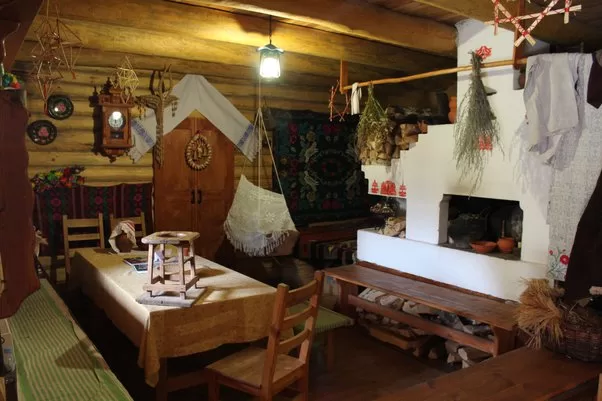
- The style emphasizes the use of natural materials such as wood, stone, and clay to create a warm and inviting atmosphere. Exposed wooden beams, rough-hewn stone walls, and clay tile floors are characteristic of Eastern European cottages.
- The natural surroundings, including earthy tones such as warm browns, deep greens, and muted blues, inspired colour palettes.
- Layers of soft textiles throughout the space add warmth and comfort. Handwoven textiles with traditional patterns or embroidery add a touch of authenticity to the decor.
- Vintage and antique pieces evoke a sense of history and nostalgia. Rustic wooden furniture, vintage ceramics, and handcrafted pottery add character to the space.
- Traditional Eastern European folk art and crafts are used as decoration to celebrate the region’s cultural heritage.
Pulling from European interior design into Western homes
European interior design encompasses a rich tapestry of styles, each with its own distinctive charm and character. Whether you’re drawn to the elegance of French rococo or the simplicity of Scandinavian minimalism, there’s a European design aesthetic to suit most people’s taste and preference. By understanding the unique influences and characteristics of each region’s design heritage, you can create a home that reflects your personal style (and maybe even heritage) while celebrating the timeless beauty of European design. But, as always, I encourage everyone to get in touch with their OWN style. Read What Is My Home Decor Style?
Check out my fav brand for Luxe European blankets, towels and more.
Let’s design your space together, virtually.
